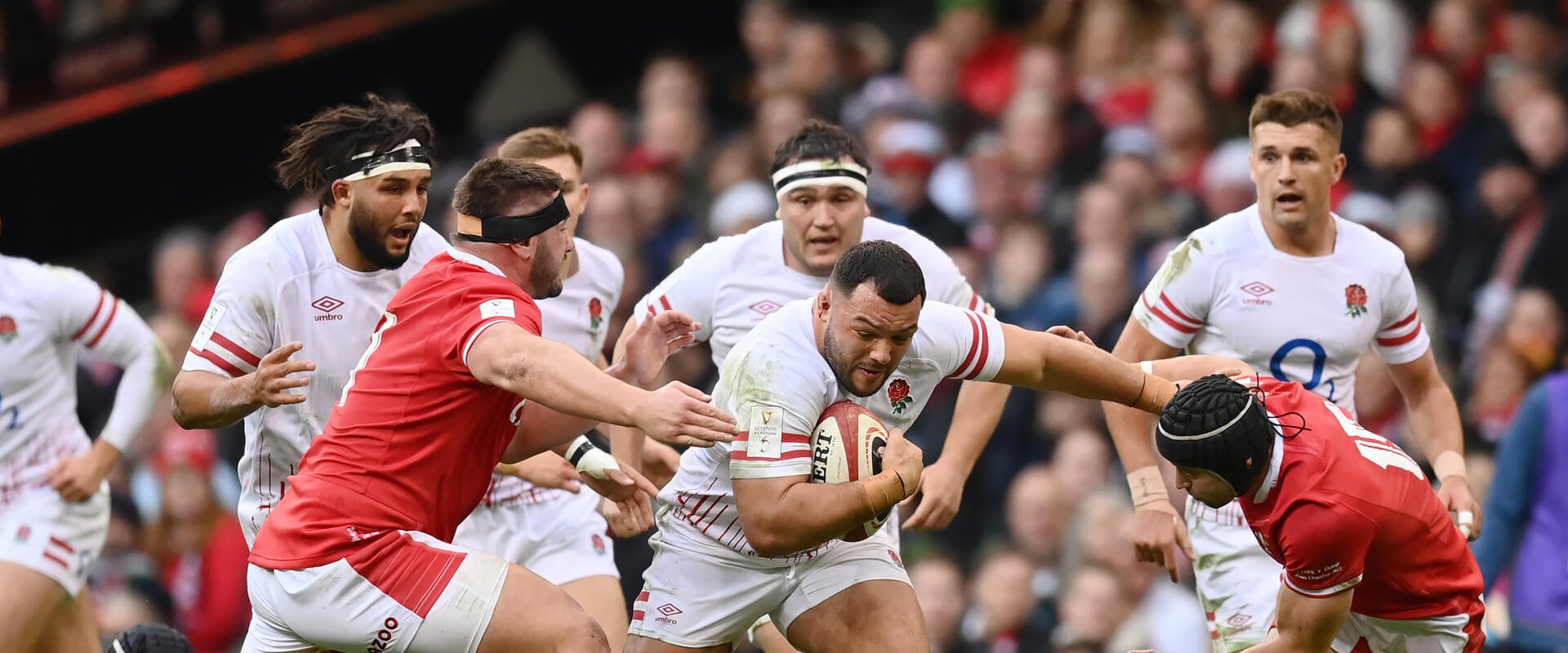Hey there, fellow sports enthusiasts! Whether you’re a seasoned rugby fan who can name all the positions and call out every rule or a complete newbie trying to figure out why everyone is suddenly obsessed with “the egg-shaped ball,” you’ve landed in the right place. In this blog post, we’re diving into the vibrant world of rugby to tackle one of the most commonly asked questions: What’s the difference between Rugby Union and Rugby League?
Sure, they look similar on the surface—players in scrums, tries being scored, and a general vibe of rugged athleticism—but trust me, there are some significant differences lurking beneath the surface. Ready? Let’s kick off!
1. The Number of Players
First things first, let’s talk about the size of the teams. In Rugby Union, you’re looking at 15 players per side. Yes, that’s right—a whole footy team! Each position has its specific role, from the forwards who do the heavy lifting in the scrums to the backs who showcase their speed and agility in open play.
Now, swing over to Rugby League, and you’ll notice a leaner squad of only 13 players. This means that Rugby League is a bit more about speed, stamina, and strategy since there are fewer players to cover the ground. The fewer players per team also lead to more open play, which makes the game exciting and fast-paced.
>>>Buy now: Amenoni Nasilasila 4 Fiji 2023 Rugby World Cup Home Stadium Jersey – White, Men
2. Scoring Systems: Try, Goals, and More!
Next up is a look at scoring. In Rugby Union, a try is worth 5 points, and after scoring a try, the team has the chance to kick for an extra 2 points with a conversion. Penalty kicks can score 3 points, while a drop goal (kicking the ball through the posts during open play) also nets you 3 points.
In Rugby League, a try is also worth 4 points, but here’s the kicker (pun fully intended)—the conversion is worth 2 points as well. However, penalty goals are worth 2 points in League, and drop goals are worth 1 point. This slightly lower point-value system makes the scoring look different and definitely adds to the different strategies in play between the two games.
3. The Tackle Area and Ruck vs. Play the Ball
Now let’s get into one of the most crucial differences: how each game handles tackles. In Rugby Union, after a player is tackled, a ruck is formed. Both teams can compete for the ball, which can lead to some intense scrummaging and strategic maneuvering, making the game more about possession and breakdowns.
In contrast, Rugby League employs the “play-the-ball” method after a tackle. The tackled player stands up and rolls the ball back to a teammate, who has to play it with their foot. This keeps the game flowing much faster, with each team only allowed to tackle a player six times in a set of six tackles. If they don’t score or make significant progress, they hand over possession to the opposing team. This is a drastic shift from the more contested ball in Union!
4. Formation and Structure
When you watch a Rugby Union match, you’ll notice that the game often involves more complex set pieces, such as lineouts and scrums. Lineouts occur when the ball goes out of play, and both teams have to set up for a throw-in. The forwards are usually involved in this intricate ballet, lifting their teammates to catch the ball.
Rugby League, however, has simplified this aspect. While scrums exist, they occur less frequently and are generally less contested than in Union. Instead, League focuses on keeping the game going, with fewer interruptions that allow for more fluidity. This contributes to the thrilling pace of the game, making it more viewer-friendly and positively manic when you’re watching live.
5. Season, Competitions, and Global Reach
Lastly, let’s talk about how each type of rugby has made its mark in the sporting world. Rugby Union enjoys a broader international presence and is played across numerous countries, boasting incredible tournaments like the Rugby World Cup. Countries like New Zealand, South Africa, and England have dominant rugby Union squads, and the Six Nations Championship adds an extra layer of excitement each year.
On the flip side, Rugby League has its roots mainly in England and is particularly popular in Australia and New Zealand. The NRL (National Rugby League) is the premier competition in League, featuring some of the most intense rivalries you’ll find in any sport. While it may not have the same global reach as Union, the loyalty and passion for League down under rival that of any major sport worldwide.
>>>Read more: Top 10 Best Rugby Teams in the World
Wrapping It Up
So there you have it—five key differences between Rugby Union and Rugby League. Whether you’re cheering from the stands, watching from home, or just trying to impress your mates with your rugby knowledge, understanding these differences is a step toward really appreciating each game’s unique thrills and strategies.
Whether you prefer the scrappy back-and-forth nature of Rugby League or the set-piece brilliance of Rugby Union, remember that both games share a rich history and passionate fanbase. So get out there, enjoy a match, and who knows—you might just find yourself falling in love with the sport all over again!
Until next time, keep the spirit of rugby alive, and maybe grab yourself an egg-shaped ball while you’re at it. Ruck on!





